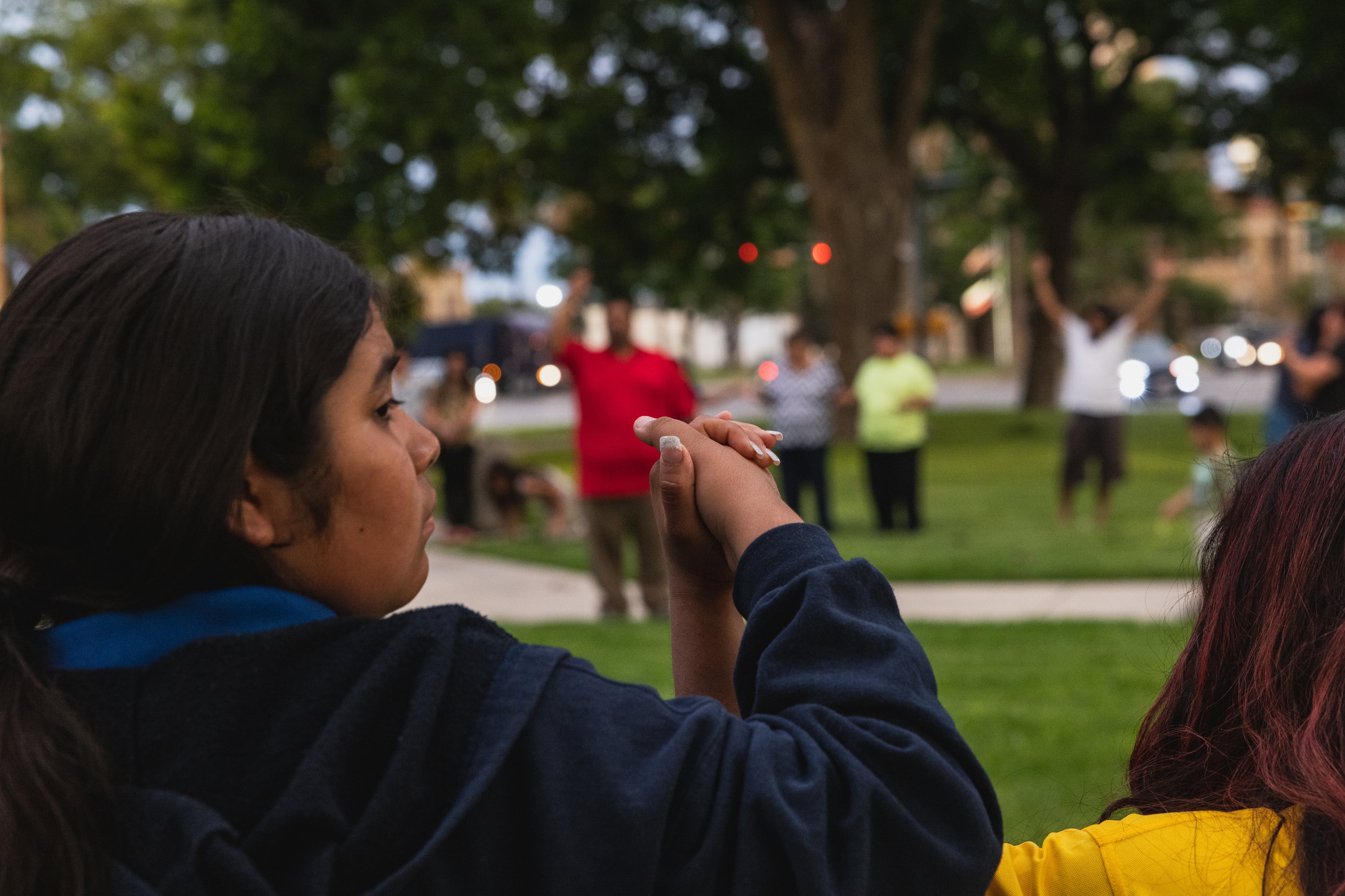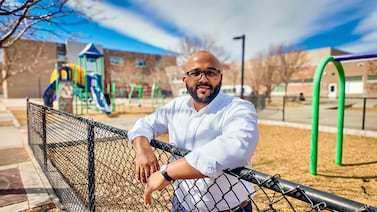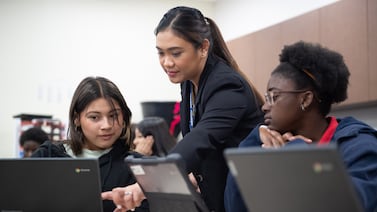School shootings, domestic terrorism, war, community violence. These intense and unsafe situations can trigger stress, trauma, and even secondhand trauma in children, which adults must often help them unpack.
After reviewing dozens of websites, Chalkbeat curated a list of some helpful tips for parents, caregivers, and educators. We have provided this information below, but we are also interested in what works in your classroom, school, or home. If you would like to share a suggestion on resources or techniques that we should add to our list, please fill out the survey at the end of this article.
Allow children a range of emotions following school shootings and other tragedies
After a disaster such as a school shooting or incidence of neighborhood violence, children may be scared, anxious, or clingy. The U.S. Department of Health & Human Services reminds parents and caregivers that such a range of emotions is healthy. “Young people react to trauma differently than adults,” a department pamphlet explains. “Some may react right away; others may show signs that they are having a difficult time much later.” The department suggests that adults take time to listen and answer questions and allow those who are interested to find ways to serve or connect by doing activities such as mailing sympathy cards or letters.
Age-appropriate conversations are key to helping children cope
Leading age-appropriate conversations is essential in the aftermath of a tragedy, according to the National Association of School Psychologists and experts cited on Today.com. For preschoolers and kindergarteners, one sentence that highlights “the helpers” is often sufficient. For elementary school children who may want to see images of the event, experts advise parents to curate photos that show the relief efforts. And for teens, adults must switch from leader to listener, allowing the young people to share their feelings and express their agency. “Teenagers are looking for hypocrisy and solutions,” says Dr. Deborah Gilboa, a parenting expert. “And this generation believes in collaboration and social justice. And they are going to ask ‘What are you doing?’”
Prepare conversation starters ahead of time
“What emotions does this event raise for you?” or “What questions about fairness, equity, or justice does this event raise for you?” These are two of the questions that Facing History and Ourselves recommends as conversation starters in the wake of violence. For decades, educators have turned to the organization to provide instructional material on the causes and effects of racism, antisemitism, and prejudice. The resources help teachers help their students following mass shootings and other acts of violence and terrorism. “Such conversations are difficult,” the organization admits, “Yet when we don’t address the violence in the classroom, we risk normalizing it.”
Gun violence statistics equip students with factual information on the issue
Providing accurate data on the implications of gun violence is essential in helping students distinguish disinformation from facts — an essential skill as we have informed discussions and raise the next generation of voters and policymakers. Everytown USA is a national nonprofit organization that supports evidence-based solutions to gun violence. As of May 25, according to Everytown, there have been at least 77 incidents of gunfire on school grounds nationally in 2022. According to its analysis, “Gunfire on school grounds occurs most often at schools with a high proportion of students of color — disproportionately affecting Black students.” And the issue goes far beyond school campuses. Grimly, the group notes, “An estimated 3 million children in the U.S. are exposed to shootings per year.”
A school psychologist shares the ‘5 K’s of Being Okay’
School psychologist Kay Streeter has counseled hundreds of students experiencing grief, trauma, and secondhand trauma. Knowing how to enter into such difficult discussions can be intimidating for parents and educators less versed in the area, she says. To help facilitate these conversations, she teaches caregivers her Five K’s of Being OK: 1. Keep talking: You have to keep getting heavy feelings out of your head and into the atmosphere as a release. 2. Keep thanking: Have an attitude of gratitude that grounds you in the here and now. 3. Keep planning: That gives you hope. 4. Keep forgiving: Forgive yourself, forgive others. 5. Keep breathing: Studies have shown that deep intentional breaths decrease stress and anxiety for both adults and children.
Maintaining routines will help children feel safe
After disaster strikes, reassurance is the key to helping children cope. In its comprehensive resource guide, the American School Counselor Association states, “Reassure kids that the world is a good place to be, but that there are people who do bad things.” It also advises families to limit exposure to the news and television (and perhaps social media, too) during moments of high anxiety, and to maintain daily routines as much as possible so that “kids gain security from the predictability.”
Remember: Adults need and deserve self-care, too
Parents must care for themselves, too, following a national tragedy. The National Child Traumatic Stress Network reminds adults of the importance of staying in community during moments of high anxiety. “Take time with other adult relatives, friends, or members of the community to talk or support each other,” the group advises. “Avoid making any unnecessary life-altering decisions during this time.” In addition, many experts agree that the most important act of self-care that parents and caregivers can do during stressful times is one of the simplest acts of all: rest.
Having trouble viewing the survey below? Go here.
Read next: Reflections from America’s litany of school shootings: What to say, what to do






